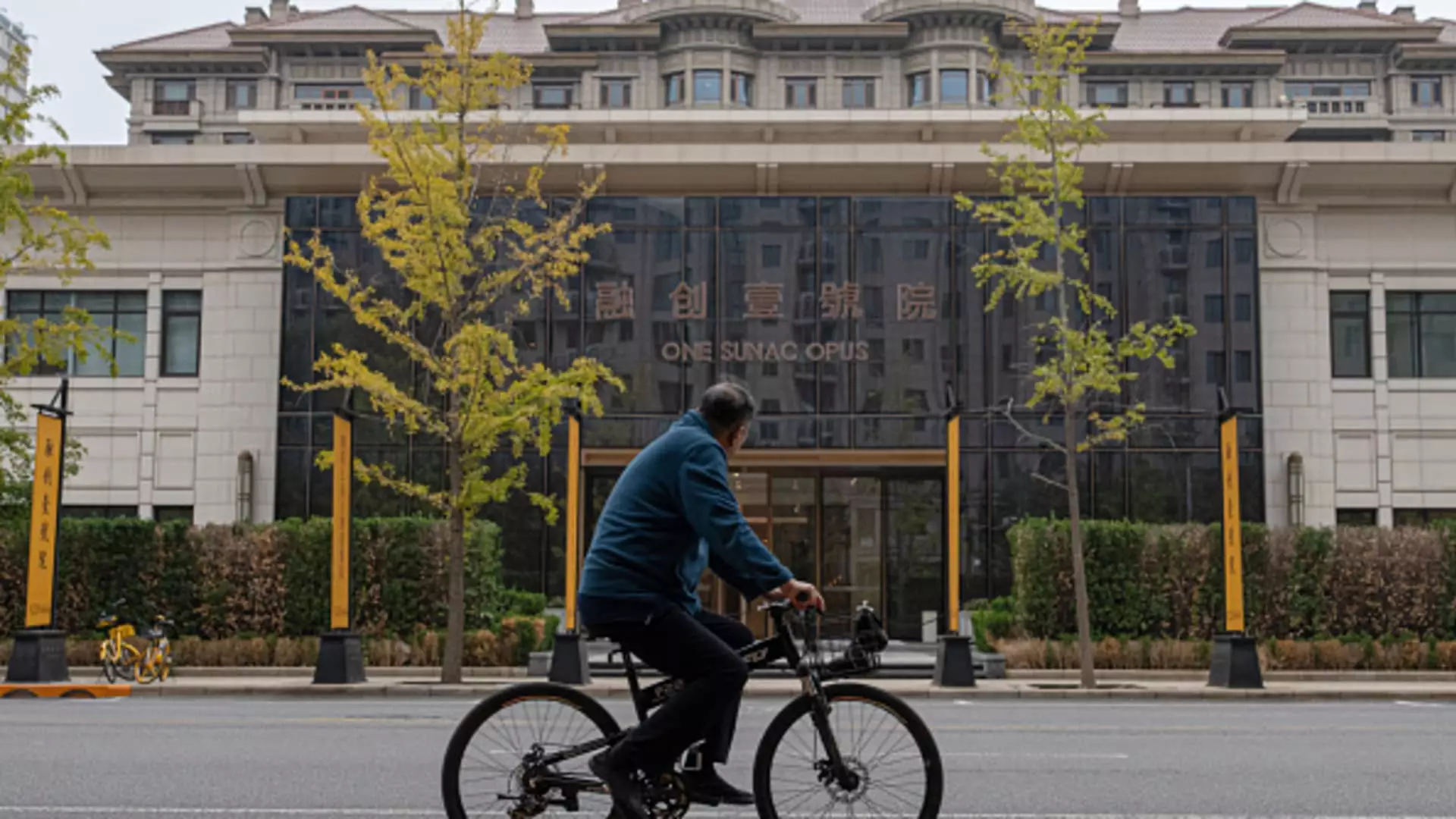As China grapples with a precarious economic landscape marked by a slowdown in growth and speculative investor behavior, recent remarks from key ministers regarding stimulus measures have reignited hopes within the market. However, as the nation projects a GDP growth that falls short of government targets, the anticipation surrounding the implementation of detailed policies introduces a layer of complexity that analysts are keen to navigate. This article explores the implications of the latest economic data, the anticipated policy responses, and the specific sectors that may emerge as beneficiaries in China’s evolving economic scenario.
Recent economic indicators present a multifaceted view of China’s recovery trajectory. While September’s retail sales and industrial production surpassed expectations, demonstrating resilience in some sectors, the ongoing struggles in the real estate market continue to pose significant challenges. Notably, the third-quarter GDP growth of 4.6% edged above forecasts yet remains below the government’s 5.0% target, casting doubt on the sustainability of China’s economic resurgence.
David Chao, a global market strategist at Invesco, underscored the mixed performance, noting that despite a year-to-date GDP growth of 4.8%, the government’s objective remains just out of reach. Chao’s optimism for an acceleration in growth during the fourth quarter is contingent upon the effectiveness of newly introduced stimulus measures—policies that aim to invigorate consumption and stabilize the property market. Whether such measures can restore robust economic growth remains a matter of speculation, yet they highlight the urgent need for effective policy interventions.
In a bid to combat stagnation, Chinese authorities have unveiled a series of initiatives ostensibly designed to foster better economic conditions. These include consumer subsidies, particularly through trade-in programs, and financial support aimed at bolstering the beleaguered property sector. The central bank’s recent introduction of a stock-support program intended to enhance corporate investments in equities serves as another indicator of Beijing’s intensified focus on stabilizing markets.
Analysts from Morgan Stanley have meticulously identified stocks that could see significant benefits from these efforts. By examining a pool of mainland-listed stocks characterized by high dividend yields and robust cash flow, they pinpointed several companies poised for potential gains. Among these are PetroChina, WeiChai Power, Aluminum Corp, and Anhui Conch Cement, all of which present modest price appreciation prospects despite the overarching uncertainties that plague the market.
China’s property sector remains a focal point in discussions surrounding economic recovery. Recent statements from housing minister Ni Hong signal an intention to expedite financial assistance for unfinished real estate projects, which, while promising, may not yield immediate sales boosts. Edward Chan from S&P Global Ratings posits that although property sales are expected to decline in the coming years, confidence restoration through strategic funding could set the stage for stabilization beyond 2025.
The reality is that as developers navigate these turbulent waters, many will face hurdles that complicate recovery. Nonetheless, companies like Glodon and Sangfor may find opportunities within the chaos, particularly as government support focuses on local and small business initiatives.
Consumer spending is emerging as a critical area of focus for analysts observing shifts in market dynamics. September’s retail sales growth of 3.2%, buoyed by government incentives, reflects an encouraging trend, particularly in the home appliances sector, which saw sales surge by over 30%. Importantly, established players such as Xiaomi and Roborock are well-positioned to capitalize on these consumption boosts.
Even e-commerce giant Alibaba reported a remarkable increase in pre-sales during their annual shopping festival, underscoring the significant influence of market policies and consumer sentiment in shaping business outcomes. As the focus transitions from broad policy measures to stock-picking, astute investors will need to keep a discerning eye on individual company performances against this backdrop of fluctuating market sentiments.
In summation, while China’s economic pathway appears fraught with complexities, opportunities do exist as the government works to address fundamental challenges. Analysts remain cautiously optimistic, envisioning prospects for targeted stock selection amidst a backdrop of evolving policies. The ability to navigate this multifaceted landscape, driven by both governmental interventions and shifts in consumer sentiment, will dictate the resilience of the markets in the coming quarters. In the face of uncertainty, the imperative for strategic decision-making becomes all the more crucial, as firms and investors alike endeavor to harness the potential benefits amid the prevailing challenges.

